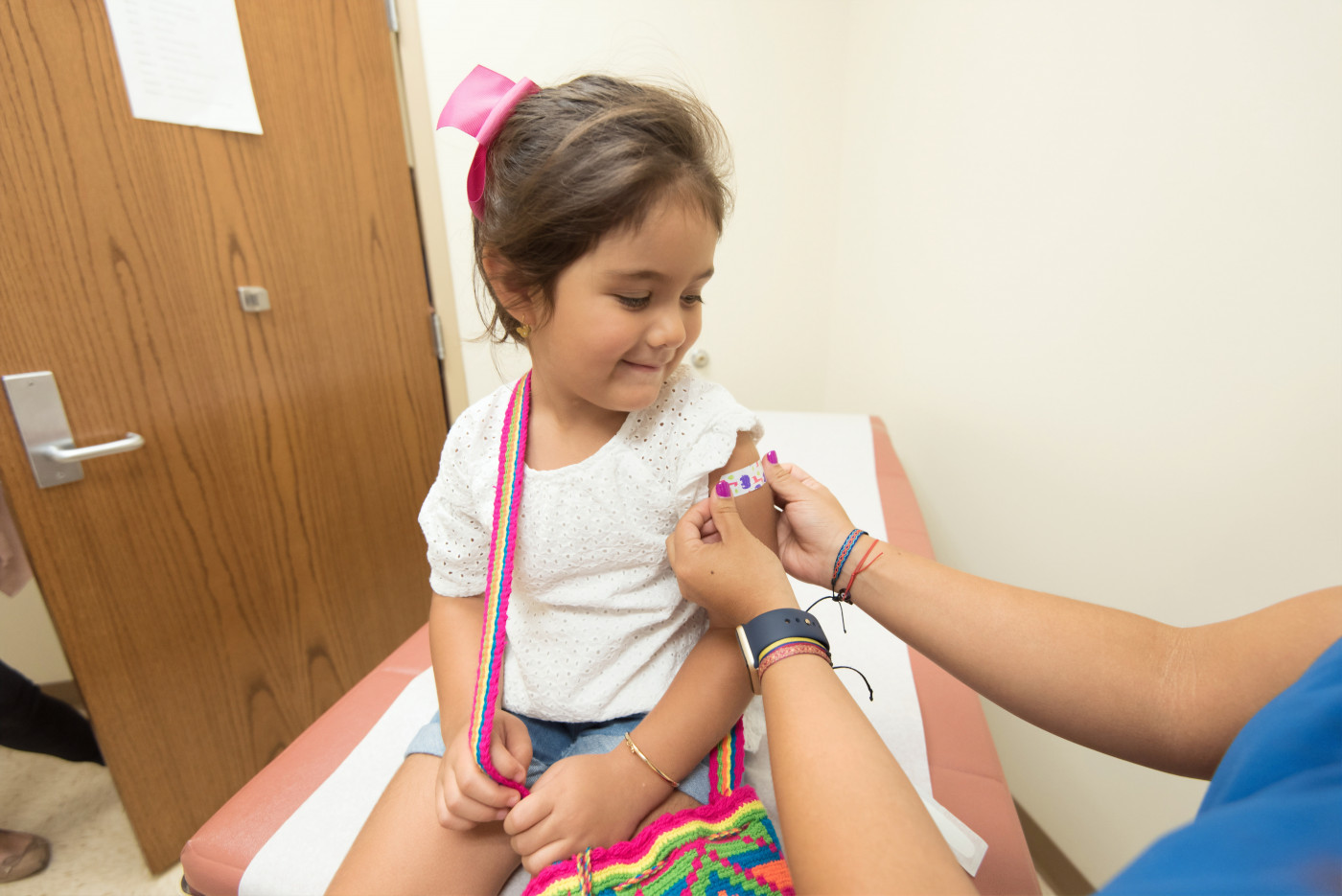Preventive Haegarda Reduces Swelling Attacks in Pediatric HAE Patients, Trial Data Shows

Treatment for children
Preventive treatment with Haegarda, an under-the-skin C1-INH replacement medication by CSL Behring, significantly lowers the number of swelling episodes experienced by children and adolescents with hereditary angioedema (HAE), an analysis of the COMPACT trial’s open-label extension study found.
The treatment caused a 97% reduction in HAE attacks in this young population, which was comparable to the 98% reduction observed in adults in the same trial. Haegarda also was well-tolerated and described as “excellent” by a majority (90%) of pediatric patients.
These findings are important, the researchers note, because pediatric HAE patients tend to have more severe disease.
The study, “Long-Term Efficacy of Subcutaneous C1 Inhibitor in Pediatric Patients with Hereditary Angioedema,” was published in Pediatric Allergy, Immunology and Pulmonology.
HAE is a rare genetic disorder mostly caused by mutations in SERPING1, the gene that provides the instructions to make the C1-inhibitor (C1-INH) protein. C1-INH is needed to regulate molecules involved in blood pressure and inflammation; the lack of a functional C1-INH causes patients to experience sudden and recurrent episodes of swelling under the skin and inside the upper respiratory tract or gastrointestinal tract.
Evidence suggests that patients whose HAE symptoms begin during childhood and early adulthood tend to have more severe disease, experiencing more attacks per year and needing more hospitalizations. This also translates into a worse quality of life.
Haegarda is a C1-INH replacement medication approved by the U.S. Food and Drug Administration for the long-term prophylactic, or preventive, treatment of adolescents and adults with HAE.
Its approval was based upon the results of the COMPACT Phase 3 trial (NCT01912456), which demonstrated that Haegarda lowered the number of HAE attacks by a median of 95% when used at a dose of 60 IU/kg twice weekly. It also lowered the need for on-demand medications by a median of 100%.
After COMPACT, participants were allowed to enter an open-label extension (OLE) part, along with patients who had not been treated with Haegarda (treatment-naive).
The trial enrolled 126 patients who were assigned randomly to receive subcutaneous (under-the-skin) injections of either 40 or 60 IU/kg Haegarda twice per week, and were followed for at least a year.
In the overall population, Haegarda reduced the patients’ attack rate from a little over one attack per month to one attack per year in the group that received 60 IU/kg. In the group that received 40 IU/kg, the rate dropped to 1.3 attacks per year.
However, despite the therapy’s approval for both adults and adolescents, it was still unclear whether Haegarda has similar benefits in the long term among these two patient populations.
To find out, scientists at CSL Behring, in collaboration with researchers at various sites across the U.S., Israel, and Europe, examined the outcomes of children and adolescents included in the OLE study, and compared them with the adult population of that study.
The trial included a total of 10 pediatric patients — four girls and six boys — ages 17 or younger. Three were children younger than age 12; the remaining seven were adolescents, ages 12 to 17.
Results showed that all of the pediatric patients responded to treatment, meaning that they experienced a reduction in swelling attacks of at least 50%, compared with the rate before entering the trial. All 10 experienced fewer than one attack per month during the OLE trial, with four having fewer than one attack per year, and one experiencing no swelling episodes during the entire, one-year treatment period.
In adults, the response rate was 92%, and 81% had fewer than one attack per month.
The reduction in attacks, however, was similar in pediatric (97%) and adult patients (98%), the researchers noted. Both populations experienced an average of one attack per year.
Among the 10 children and adolescents, there were a total of 38 HAE attacks throughout the treatment period. Most were mild or moderate, with only four being classified as severe.
Haegarda was overall well-tolerated by both patient populations. While injection site reactions were the most common adverse event, they were only experienced by 30% of pediatric patients.
In addition, when asked to assess their response to treatment, most of the children and adolescents self-assessed their response as “excellent,” with only one patient reporting it as “good.”
The findings demonstrate that Haegarda is as safe and effective in a pediatric population as it is in adults. The researchers said the results show it could be a better alternative to similar C1-INH replacement medications that are delivered via intravenous (into-the-vein) infusions — which may difficult to administer and may lead to complications.
“In summary,” the researchers wrote, “initiation of prophylaxis in children and adolescents with HAE can reduce the burden of disease activity, thereby improving outcomes important to patients. Subcutaneously administered [under-the-skin] C1INH is an effective and well-tolerated option for long-term prophylaxis in pediatric patients with HAE.”






